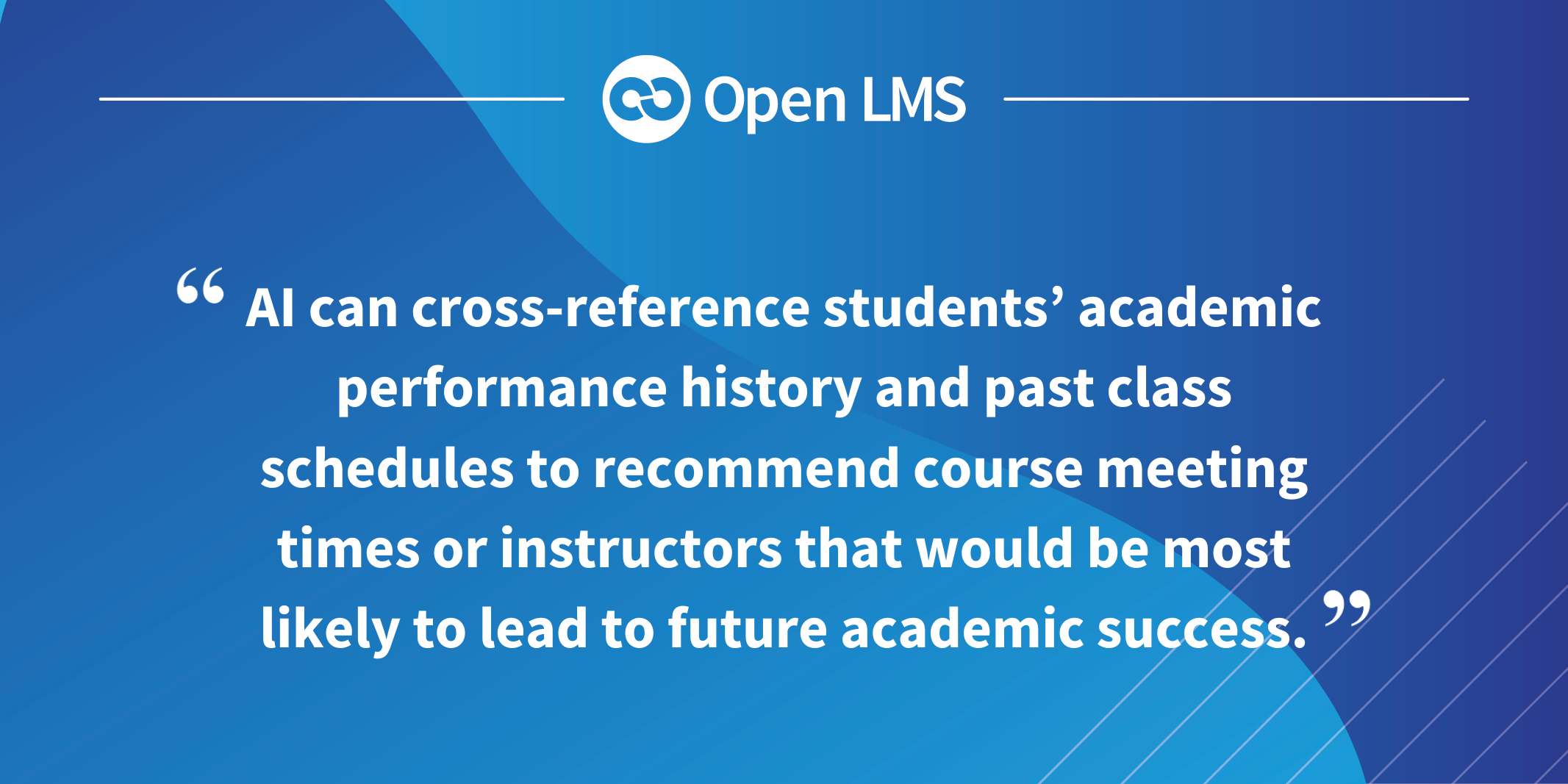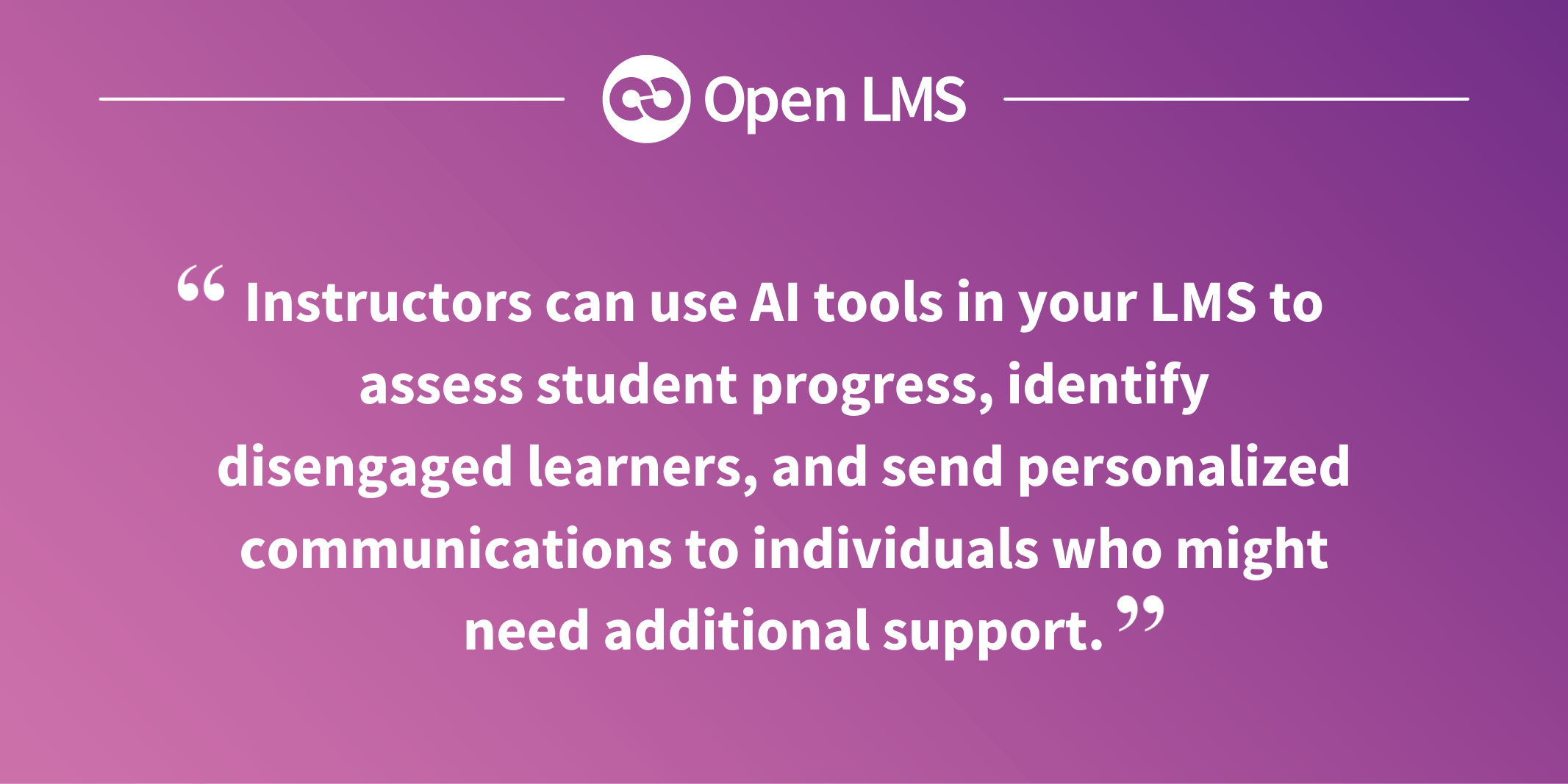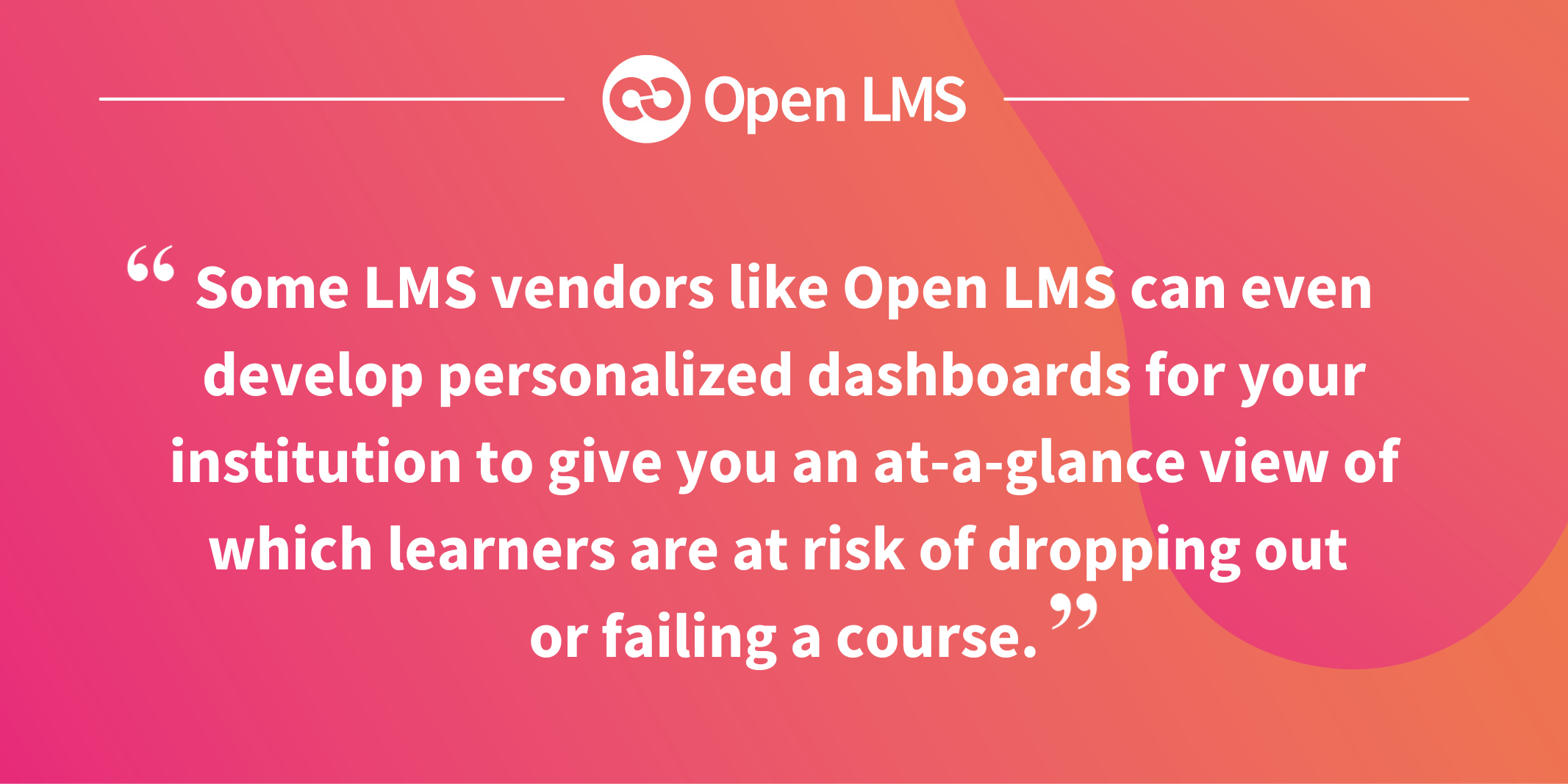Revolutionizing Higher Ed: How AI Is Transforming Learning and Operations
Technology waits for no one and right now, AI is in an all-out sprint with no sign of slowing down. A recent global research report found that 46% of instructors at higher education institutions are already using generative AI in some way, and another 26% expect to use it within the next year. Outside of education, everyday people—including your current and future learners—use AI all the time, some without even realizing it. For example, 79% of experts in a Pew Research Center study say people in the U.S. use AI “constantly” (although only 27% of U.S. adults agree that they interact with the tech at this rate).
While the exact number of daily consistent users isn’t certain, it’s clear that AI use is becoming the new normal. Instead of resisting or shying away from these revolutionary tools, innovative colleges and universities are embracing AI to enhance learning experiences for their students, streamline processes for their educators, and optimize their programs to keep up with the evolving world of higher education.
Read on to learn how your institution can leverage AI-powered tools to improve its operations and enhance student learning outcomes.
HANDPICKED FOR YOU | ‘Online Learning That Works! 5 Strategies for Success’

Enhance Student Experiences With Personalized Learning Pathways
When students choose an institution, they’re looking for high-value educational experiences that will prepare them for a career, enrich their lives, or both. Your institution can increase the value of its programs and enhance student learning experiences at scale through personalized learning pathways powered by AI. Personalized learning pathways ensure that each student receives the individualized support they need to thrive, but this doesn’t mean your students will be picking and choosing what content they want to study. Instead, AI-powered learning management systems support personalized learning experiences in the following ways.
Smart Course Sequencing
Most degree programs require students to complete the same core courses to form the foundation of their degree. As students move through their programs, it’s likely that they’ll specialize in an area within their field and take a sequence of courses to deepen their knowledge within a particular concentration. For example, someone seeking an engineering degree might focus on mechanical or industrial engineering. Both students would take the same initial sequence of courses, but they’ll eventually fall into different course sequences based on their desired specializations.
When it’s time for your learners to choose their specializations or concentrations, an AI-powered LMS can help them choose a pathway through smart course sequencing. The AI tool can review students’ profiles to suggest degree specializations or course sequences for each person based on their academic histories, strengths and weaknesses, skills and interests, and other available data in your system. The AI can even cross-reference students’ academic performance history and past class schedules to recommend course meeting times or instructors that would be most likely to lead to future academic success.
Active Tutoring
AI can further personalize student learning within courses themselves through active tutoring. Some personalized learning tools offer tutoring assistance, providing additional content and resources to learners based on their assessment scores, but AI takes things a step further. AI chatbots within a course can help students deepen their understanding of a topic and prepare for future assessments by pinpointing specific deficits in their knowledge. The AI can analyze a student’s assessment results, identify which specific items were answered incorrectly, and offer individualized resources to help the learner improve their understanding of the material.
READ MORE ABOUT AI | ‘All About AI in Open LMS: Redefining the Future of Education and Training’

Improve Student Retention With Personalized Support
Many of today’s learners must manage the demands of school, work, and personal obligations, which for some makes face-to-face learning an obstacle rather than an opportunity. However, online learning can be difficult for some students, especially if they’re faced with challenges early on in a course. Many students tend to drop online courses when they become too challenging, and completion rates for learners enrolled in fully online degree programs often fall below 50%.
When learners receive face-to-face instruction, educators can easily address individual challenges and offer personalized solutions, leading to fewer students dropping courses. Fortunately, AI can help your online instructors offer personalized support to help students in these courses overcome their struggles and remain in their programs.
Instructors can use AI tools in your LMS to assess student progress, identify disengaged learners, and send personalized communications to individuals who might need additional support. By quickly identifying and addressing challenges and obstacles, instructors can provide solutions that help learners find success while helping your institution retain students.
LEARN MORE ABOUT HIGHER ED TECHNOLOGIES | ‘How 4 Technologies Are Reshaping the Future of Higher Education’
Streamline Administrative Tasks
AI within your LMS can make administrative processes more efficient, so your users can spend less time completing mundane tasks and instead focus on improving teaching and learning outcomes. Consider how AI is transforming the following common administrative tasks.
Providing User Support
Teachers and students need consistent and reliable access to their courses. Software disruptions can cause a lot of stress and anxiety for your users. Before AI, a software issue would require users to submit a support ticket or call a help desk, and a live professional would eventually respond to solve the problem. Waiting for a response from a help desk agent can take hours or even days if an issue occurs in the middle of the night or on a weekend.
To help their users save time and minimize frustration, some institutions are training AI chatbots to manage minor administrative support tasks. Students and teachers can explain their software issue to the embedded chatbot, and the AI provides solutions, workarounds, and resources that can help users solve their own software problems.
Universities and colleges also have the potential to reduce administrative costs by training AI chatbots, since employing IT help desk agents is a major expense for many institutions. With the chatbots, users can get quick fixes for many of their minor software problems, meaning institutions might not need to expend resources on a large help desk team. Instead, a reduced number of help desk staff can work on major issues that require human intervention, while the AI chatbots help users with more common issues.
Grading Student Assessments
One of the most important parts of student learning occurs when learners receive feedback. Meaningful, personalized feedback gives your learners the constructive criticism or thoughtful advice they need to deepen their understanding, push the limits of their knowledge, and improve their skills. The problem is that feedback becomes far less meaningful when instructors don’t provide it in a timely manner.
While most instructors know the importance of timely feedback, it’s often difficult to grade assessments quickly and effectively in courses that can have upwards of 50 people in a section. AI helps solve this problem by quickly assessing student work and marking correct or incorrect answers so learners can receive results in a timely manner and apply feedback to their future assignments.
Of course, it’s essential that instructors still review each person’s work to ensure the grading system maintains its integrity. Any AI outputs must be validated by a human reviewer. After all, the instructor is ultimately responsible for everyone’s grades. One way teachers can use AI to speed up the grading process is to let the technology identify incorrect responses for the instructor to review. The teacher can then offer personalized feedback to help each student understand where they went wrong. This ensures that the AI outputs are validated by human eyes while the learner receives personalized feedback with quicker turnaround times.
LEARN MORE | ‘AI in Action at Open LMS: Saving Time and Supporting Your Own Creativity’

Support Data-Driven Decision-Making
Your metrics are unique to your institution and your student body, and analyzing those metrics has traditionally been extremely complex. AI tools are helping institutions review their learner analytics and make data-backed decisions more rapidly than ever before.
Colleges and universities can use AI to drill down and predict things like which courses are likely to have high drop-out rates or which students are likely to drop courses within the first two weeks of a term. Some LMS vendors like Open LMS can even develop personalized dashboards for your institution to give you an at-a-glance view of which learners are at risk of dropping out or failing a course. Understanding your institution’s specific metrics enables you to intervene when necessary and help boost student engagement levels so more learners complete their courses and find success in your programs.
The AI-Driven Future Is Already Here
AI is no longer optional—it’s a catalyst for progress across learning, operations, and student success. From smart course recommendations to automated support systems, institutions that embrace AI now will be better equipped to meet the expectations of learners now and in the future.
At Open LMS, we’re committed to helping colleges and universities innovate with tools like AI. To see how our learning management system can support your needs, take a tour of our platform or request a demo today.